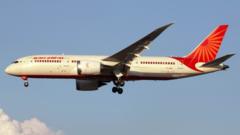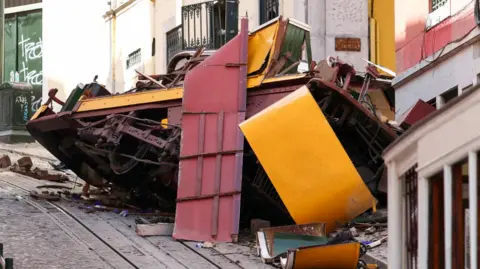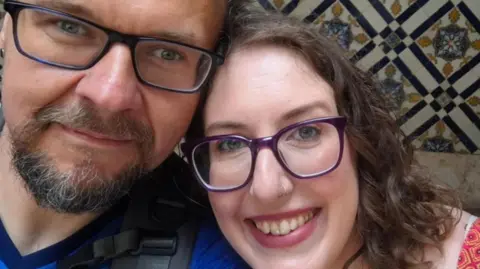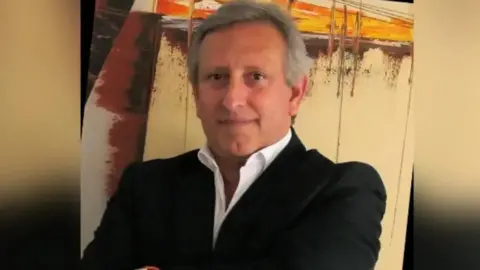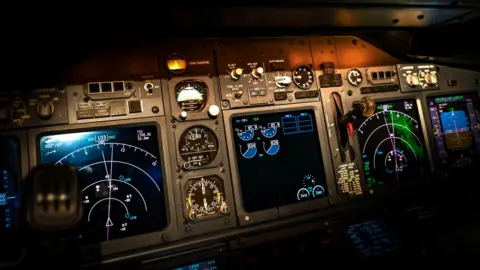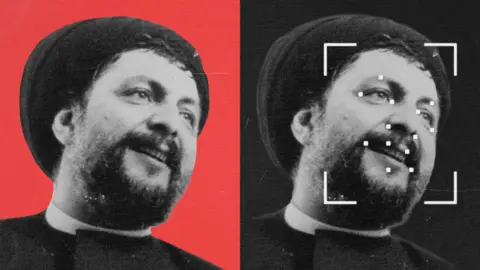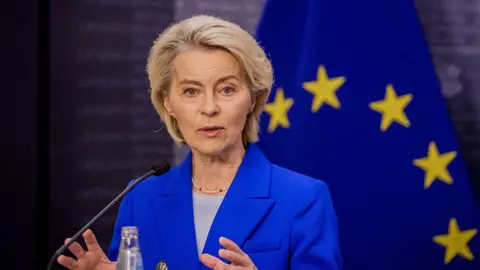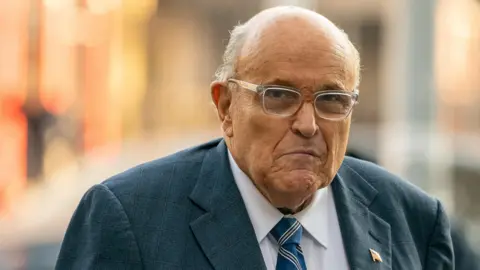In a shocking twist following the preliminary report on the crash of Air India Flight 171, which claimed the lives of 260 individuals in June, intrigue and speculation have only intensified. While many anticipated closure or clarity from the 15-page document, the findings instead ignited fresh controversy regarding the events leading up to the disaster.
At the center of the debate is a distressing cockpit voice recording that captures a conversation between the two pilots just after take-off. Within moments of departing, both fuel-control switches of the Boeing 787 were switched to "cut-off," which cut power to the engines—typically a step taken post-landing. In the recording, one pilot questions the other about the fuel cut-off action, to which the response is that it was not him. The ambiguity surrounding this exchange continues to occupy investigators, aviation safety experts, and a grieving public.
The investigation has pointed to the fact that the co-pilot was flying the plane and the captain was overseeing operations during take-off. The initial investigation report lacks clarity regarding which pilot operated the fuel switches and under what circumstances they were engaged, leaving room for multiple interpretations. An expected comprehensive report is anticipated in the coming year, but the current analysis has already highlighted another dimension of concern; several parties are reportedly turning their attention toward the actions of the senior pilot.
Names of the crew onboard have been disclosed. Captain Sumeet Sabharwal, 56, and first officer Clive Kunder, 32, had accrued more than 19,000 flying hours collectively, much of it on the Boeing 787. Both had passed all medical evaluations prior to the ill-fated flight.
In the wake of this tragedy, Indian pilot unions voiced concerns about premature media speculation, denouncing what they deem reckless efforts to attribute blame to the flight crew before the completion of the investigation. Investigators from the Indian Aircraft Accident Investigation Bureau (AAIB) have expressed their frustrations with the media's rush to conjecture, warning that such narratives may complicate the ongoing inquiry. Jennifer Homendy, chair of the U.S. National Transportation Safety Board supporting the investigation, echoed similar sentiments regarding the gradual nature of thorough investigation processes.
The cockpit conversation, albeit brief, has incited various theories about the crash, with some aviation experts inferring possibilities that range from inadvertent switches being flipped to an intentional maneuver by one of the pilots aimed at avoiding culpability if scrutiny arose. An unnamed Canadian air crash investigator speculated on the myriad interpretations of the cockpit dialogue, highlighting the uncertainty still surrounding exactly what happened in those pivotal moments before the crash.
As details remain fuzzy, the AAIB's final report promises a clearer insight into the cockpit transactions as well as a deeper evaluation of the performance and maintenance logs for the aircraft. Crucially, investigators caution against immediately labeling the incident as a case of pilot error, pointing out that alternate scenarios—including indications of a malfunction in the aircraft's control systems—could also warrant consideration.
Moreover, rumors have circulated about a potential electrical fire, although initial findings elucidate a shutdown of engine power cascaded from the fuel switches being retracted to the "cut-off" position—an action further corroborated by recorder data.
As the inquiry delves deeper, investigators are focused on maintaining objectivity, understanding that the truth may be multifaceted and may take time to wholly unveil. With various hypotheses competing in media outlets, the need for prudence is evident, emphasizing that the full extent of the incident’s cause will remain speculative until the final investigative report is published.
In summary, while the initial findings of the Air India Flight 171 investigation have stirred questions, an open mind is essential as authorities work to pave the road toward eventual transparency and comprehension of this tragic event. Patience and restraint remain paramount, as investigators strive to deliver informed conclusions based on clarity rather than conjecture.
At the center of the debate is a distressing cockpit voice recording that captures a conversation between the two pilots just after take-off. Within moments of departing, both fuel-control switches of the Boeing 787 were switched to "cut-off," which cut power to the engines—typically a step taken post-landing. In the recording, one pilot questions the other about the fuel cut-off action, to which the response is that it was not him. The ambiguity surrounding this exchange continues to occupy investigators, aviation safety experts, and a grieving public.
The investigation has pointed to the fact that the co-pilot was flying the plane and the captain was overseeing operations during take-off. The initial investigation report lacks clarity regarding which pilot operated the fuel switches and under what circumstances they were engaged, leaving room for multiple interpretations. An expected comprehensive report is anticipated in the coming year, but the current analysis has already highlighted another dimension of concern; several parties are reportedly turning their attention toward the actions of the senior pilot.
Names of the crew onboard have been disclosed. Captain Sumeet Sabharwal, 56, and first officer Clive Kunder, 32, had accrued more than 19,000 flying hours collectively, much of it on the Boeing 787. Both had passed all medical evaluations prior to the ill-fated flight.
In the wake of this tragedy, Indian pilot unions voiced concerns about premature media speculation, denouncing what they deem reckless efforts to attribute blame to the flight crew before the completion of the investigation. Investigators from the Indian Aircraft Accident Investigation Bureau (AAIB) have expressed their frustrations with the media's rush to conjecture, warning that such narratives may complicate the ongoing inquiry. Jennifer Homendy, chair of the U.S. National Transportation Safety Board supporting the investigation, echoed similar sentiments regarding the gradual nature of thorough investigation processes.
The cockpit conversation, albeit brief, has incited various theories about the crash, with some aviation experts inferring possibilities that range from inadvertent switches being flipped to an intentional maneuver by one of the pilots aimed at avoiding culpability if scrutiny arose. An unnamed Canadian air crash investigator speculated on the myriad interpretations of the cockpit dialogue, highlighting the uncertainty still surrounding exactly what happened in those pivotal moments before the crash.
As details remain fuzzy, the AAIB's final report promises a clearer insight into the cockpit transactions as well as a deeper evaluation of the performance and maintenance logs for the aircraft. Crucially, investigators caution against immediately labeling the incident as a case of pilot error, pointing out that alternate scenarios—including indications of a malfunction in the aircraft's control systems—could also warrant consideration.
Moreover, rumors have circulated about a potential electrical fire, although initial findings elucidate a shutdown of engine power cascaded from the fuel switches being retracted to the "cut-off" position—an action further corroborated by recorder data.
As the inquiry delves deeper, investigators are focused on maintaining objectivity, understanding that the truth may be multifaceted and may take time to wholly unveil. With various hypotheses competing in media outlets, the need for prudence is evident, emphasizing that the full extent of the incident’s cause will remain speculative until the final investigative report is published.
In summary, while the initial findings of the Air India Flight 171 investigation have stirred questions, an open mind is essential as authorities work to pave the road toward eventual transparency and comprehension of this tragic event. Patience and restraint remain paramount, as investigators strive to deliver informed conclusions based on clarity rather than conjecture.

